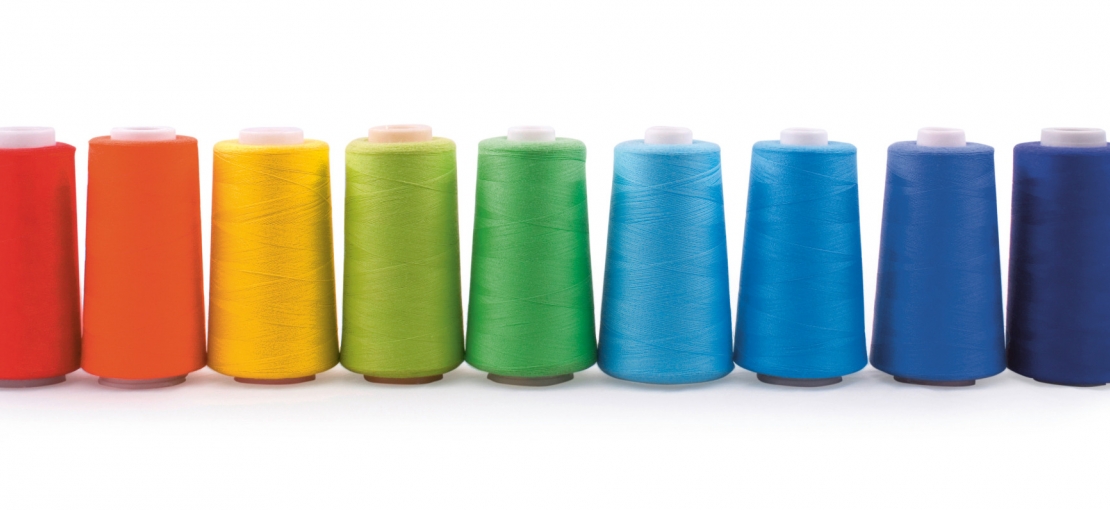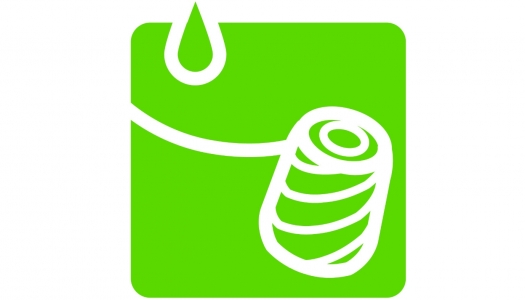
Environmentally friendly dyeing saves water and energy
Yarn spool or textile pulp is dyed
When possible, we use fabrics that were dyed with environmentally friendly methods, such as yarn dye or solution dye process.
VAUDE ecolour is a solution dye process. Pigments are added during the spinning process. Unlike this new ecolour process, in conventional bath dyeing yarn is first spun in its natural state and then colored in several rounds of dyeing and rinsing.

|
Low-impact dye
VAUDE ecolour is an innovative dye process that uses less rinsing and thus less water. |
Less energy, less emissions
According to data provided by our suppliers, this process not only reduces the emissions caused by the dye process by 62 percent; it also required 89 % less water because the many rinsing processes are not needed. Because colour pigments are not washed out again during rinsing processes, 63 percent less dye chemicals are needed. Due to less rinsing cycles this dying process saves 63 percent of energy.
Until now used for bags, backpacks and bike fashion
Products using environmentally friendly dye may bear the VAUDE Green Shape label.




